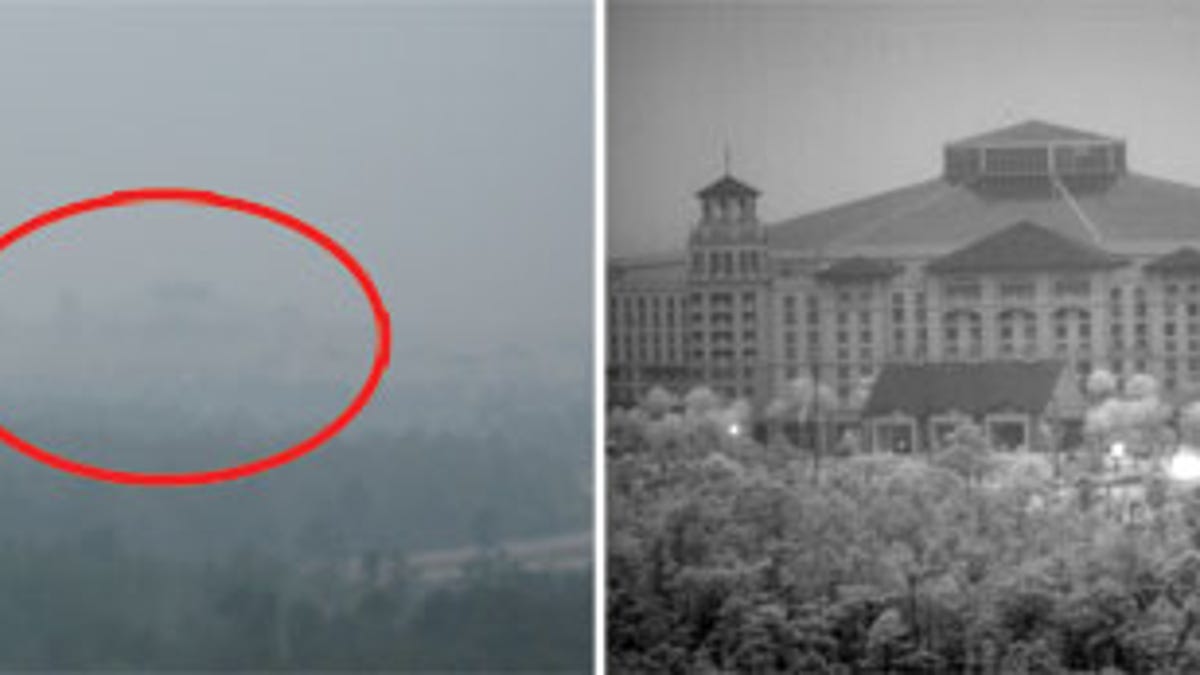Shortwave infrared: Next-generation night vision
DARPA funds the development of shortwave infrared micro cameras--the better to see you with.

The next generation in night vision for the U.S. military may be something that is already a commercial success in such applications as noninvasive medical examinations and silicon wafer inspection.
DARPA is betting on an indium gallium arsenide crystal and shortwave infrared (SWIR) sensor technology developed by Sensors Unlimited (SUI) that works in a wavelength somewhere between the visible and thermal bands. SUI, a subsidiary of Goodrich, has signed a three-year contract with DARPA to develop prototypes of lightweight helmet- and vehicle-mounted cameras based on SWIR technology.
Incorporating advanced materials and circuitry, the cameras detect reflected light at wavelengths invisible both to the human eye and current night-vision technology. The cameras with a resolution of 640x512 pixels will weigh less than 10 grams, or 0.35 ounces, light enough to use on hand-launched unmanned air vehicles and other small conveyances. There are other cameras operating on SWIR wavelengths that are made of different materials, but they need to be mechanically cooled--and that adds weight.
SWIR cameras operate in starlight conditions, relying on illumination from "atmospheric night glow," a phenomenon created by hydroxyl ion emissions in the shortwave infrared portion of the spectrum, according to SUI. (Night sky radiance emits five to seven times more illumination than starlight.)
But it really pays off in target recognition. "Humans are very recognizable, with the typical difference being that all hair shows as white due to the lack of moisture in hair," the company says. "Conversely, skin shows darker, due to its high moisture content."